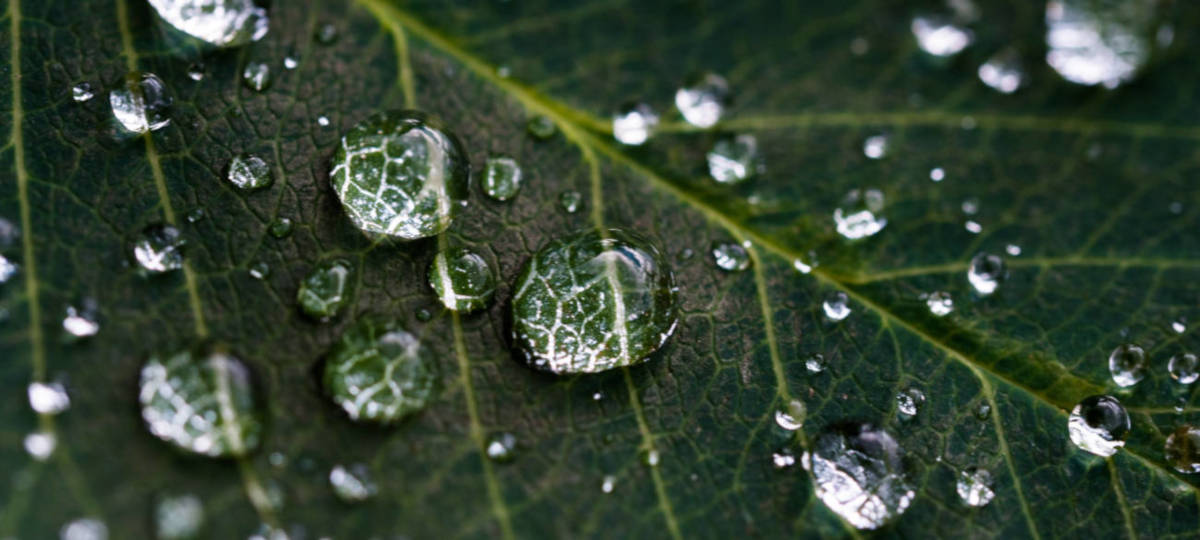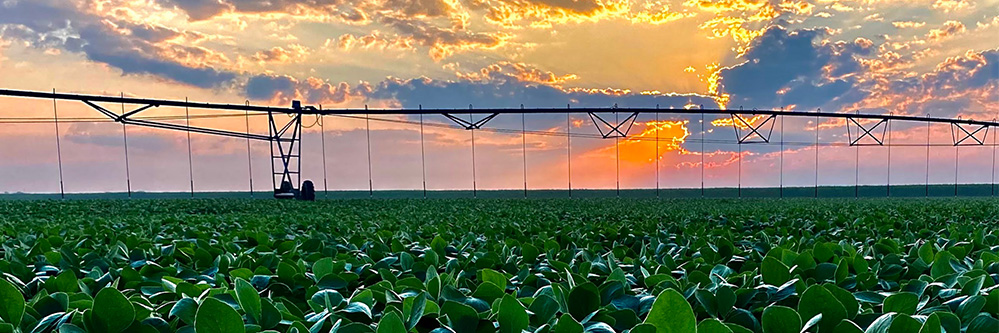Since the intense drought broke earlier this summer, we were blessed with soil profile filling rains. As beneficial as these rains were, it did not alleviate our need to monitor the amount of irrigation water we have used. In the High Plains, irrigators are under strict water allocations that limit the amount of water that can be pumped. If you haven’t already, we encourage you to check your water usage for the year to see how much of your allocation you have left to finish this crop.
In the near future, irrigators will most likely be under even more water use restrictions. This will bring added challenges to maintaining higher yields on crops typically grown across the area. Lower well capacities create the same challenges as lower allocations. Crop plans and rotations are changing with these dynamics.
Growers are also utilizing different irrigation methods and technology to increase efficiency as much as possible. Hybrids are being bred to be more drought tolerant, etc. All these strategies will need to be initiated for growers to continue to get a good return on investment on irrigated acres across the High Plains.
Optimizing Crop Water Use

Proper irrigation scheduling requires knowledge of crop water use, soil water holding capacity, and moisture applied through irrigation or rain. Keeping track of these parameters allows you to apply the right amount of water at the right time.
Irrigation monitoring uses a variety of tools including crop scouting, imagery, water probes, weather information and rain gauges. Crop Quest will help you utilize your water allocation as efficiently as possible to help you maintain as much yield as possible for each situation.
If you would like our help on your operation, don’t hesitate to contact your local Crop Quest Agronomist to determine what water management service is right on your operation.
